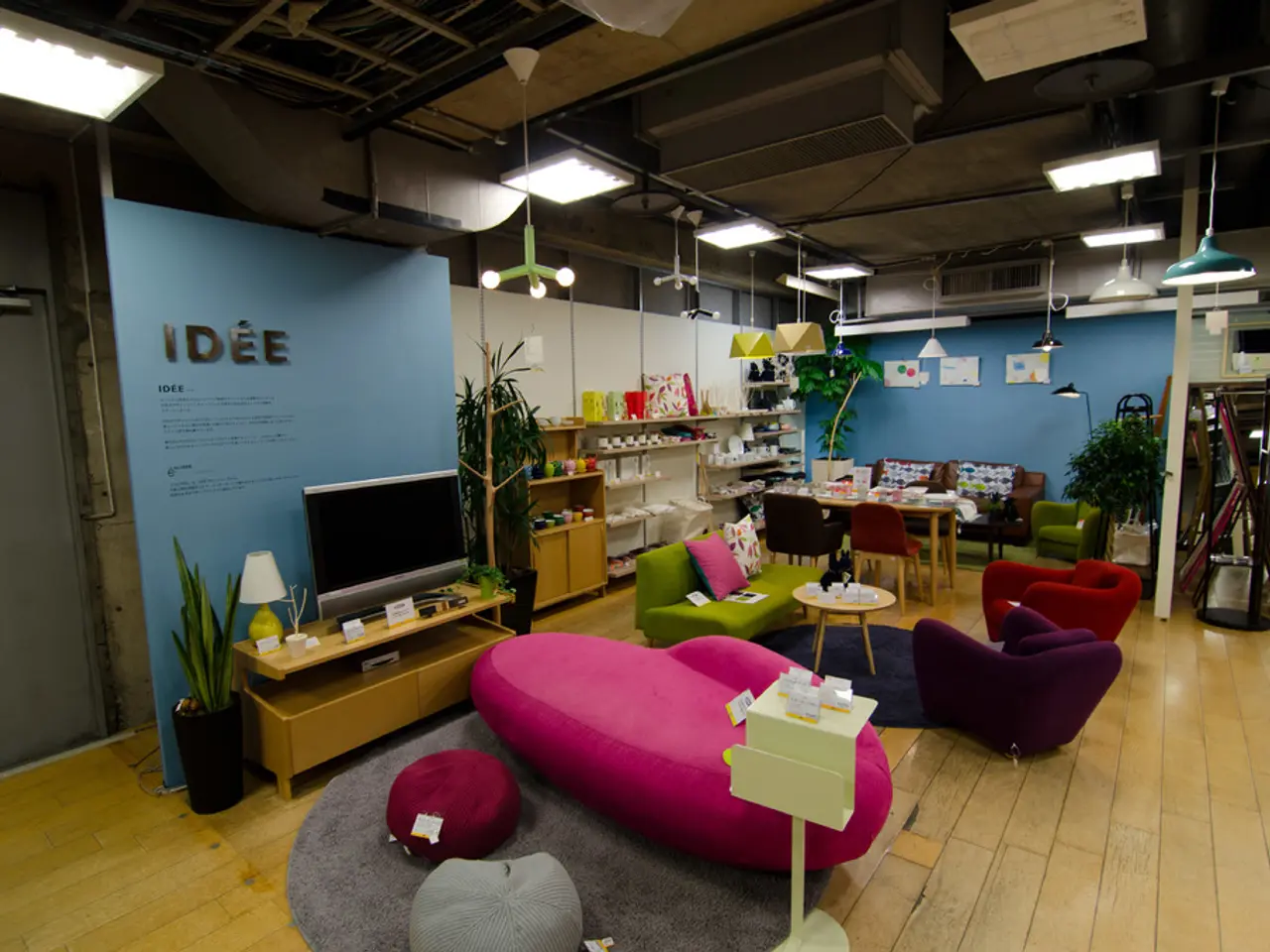Investigating Energy Usage in Televisions
### Energy-Efficient TV Shopping: A Guide for Savvy Consumers
In the market for a new TV? Considering the rising electricity costs, it's essential to make an energy-efficient choice. This article provides a comprehensive guide to understanding TV power consumption and how to make a wise purchase through Bajaj Finserv.
Visiting partner stores to make a purchase ensures customers have a wide range of options to choose from. Bajaj Finserv's online platform, Bajaj Mall, offers the latest TV models for selection, allowing customers to find the right TV for their needs.
Checking loan eligibility through Bajaj Finserv can help set a budget for buying a new TV. By understanding your financial capabilities, you can narrow down your choices and make a more informed decision.
The zero down payment option on select models could potentially lower the initial cost of purchasing a new TV. This feature makes it easier for customers to invest in a high-quality, energy-efficient TV without worrying about the upfront cost.
When it comes to energy efficiency, LED TVs are generally more energy-efficient than LCDs and plasma, with consumption around 50 watts for 40-inch and approximately 80 watts for 55-inch displays. OLED TVs consume slightly more power than LEDs but still less than plasma; for example, a 60-inch OLED uses about 107 watts. Plasma TVs are the most power-intensive, consuming up to 500 watts for 60-inch models.
Usually, electricity cost depends on the wattage, hours of use, and your electricity rate (usually measured in kWh). For instance, watching a 65-inch LED TV consuming around 225 watts for 3 hours daily results in an annual cost of approximately $36.90. A 60-inch OLED at 107 watts watched for 4 hours daily consumes around $23.40 annually.
Choosing an energy-efficient TV not only reduces electricity bills but also contributes to environmental sustainability. Usage habits, screen brightness, and special features (like HDR) affect actual consumption. LED TVs are generally the most energy-efficient among modern flat panels, while OLEDs have better image quality and contrast with moderate power consumption. Plasma TVs are power-hungry and cost more to run.
In conclusion, average TV power usage ranges roughly from 50 watts (small LED TVs) up to 500 watts (large plasma TVs), with OLEDs typically between 95-110 watts for larger sizes. Watching a TV for several hours daily can add tens of dollars annually to your electricity bill depending on the TV's wattage and local electricity rates.
By using Bajaj Finserv, customers can choose a TV based on their budget set through loan eligibility and make purchases from Bajaj Finserv's network of 1.5 lakh partner stores across over 4,000 cities. A common question is "How many Watts does a TV use?" for managing electricity bills, purchasing new models, or running devices on backup power. Bajaj Finserv provides Easy EMIs for TV purchases, making it simpler to buy an energy-efficient TV without worrying about the upfront cost. Bajaj Finserv's services aim to make buying a new TV a stress-free process.
In the realm of home-and-garden enhancements, upgrading to an energy-efficient TV is not only beneficial for reducing electricity bills but also contributes to environmental sustainability. To make a smart purchase, take advantage of Bajaj Finserv's services, which offer a variety of gadgets and technology, including the latest TV models that can be purchased with Easy EMIs, thus making it easier to invest in a home-and-lifestyle improvement without worrying about the upfront cost.




